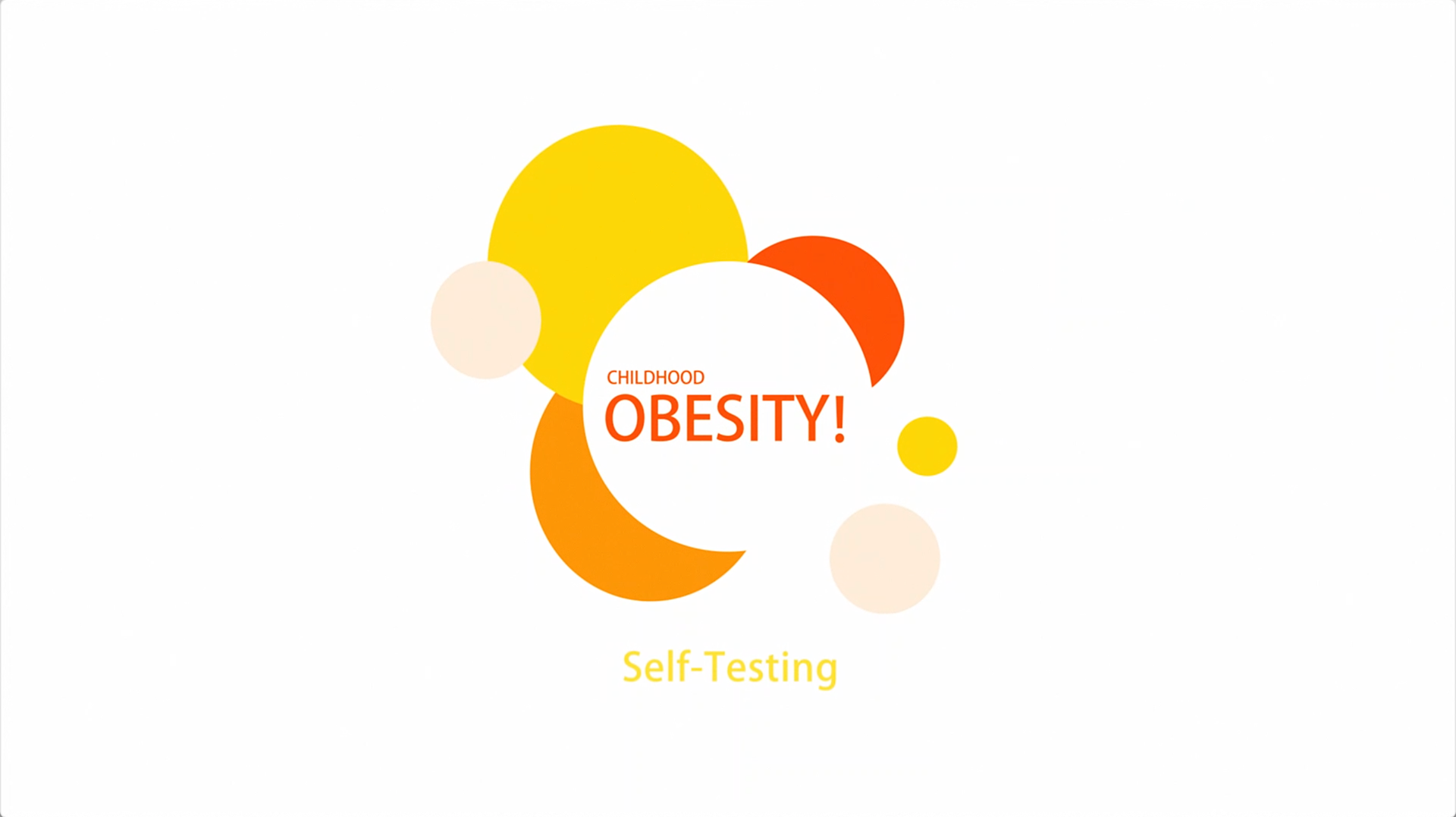CLIENT:
Times Magazine
CONTENT:
Visual Datalization
CATEGORIES:
Visual Datalization, UI & UX Design (App / Web)
TIME:
2021
Childhood obesity is an important social issue, and there are many reports, and articles on this topic. People may know it is a problem but never think about its connection to themselves.
Simply put, audiences don't know if they are at risk for obesity. I wanted to help my audience to do a simple self-analysis. So in this project, I designed an app to help audiences perform a self-test for obesity risk. My target users are minors aged 10-18, an age group that starting to have a strong sense of self and becoming concerned about their personal appearance and health issues.
AWARD REFERENCE:
MUSE Design Awards: https://design.museaward.com/winner-info.php?id=7798
IDA Design Awards: https://www.idesignawards.com/winners-old/zoom.php?eid=9-41378-22
So my design is divided into 2 main parts.
Part I: A data visualization and analysis report on the causes of childhood obesity.
Part II: The design of the self-testing app interface for children/adolescents.
Video on the introduction of the degree of functionality of the childhood obesity self-test application.
Childhood obesity is an important social issue, and there are many reports, articles on this topic. People may know it is a problem but never think about its connection to themselves.
Simply put, audiences don't know if they are at risk for obesity. I wanted to help my audience to do a simple self-analysis. So in this project, I designed an app to help audiences perform a self-test for obesity risk.
My target users are minors aged 10-18, an age group that starting to have a strong sense of self and becoming concerned about their personal appearance and health issues.
I set a total of 5 questions in 4 directions to help the target users identify their status in order to conclude whether they are obese or not through the results of numerical calculation.
4 Directions:
- Eating Habits
- Exercise Habits
- Genetic Factors
- Disease Influence
- Exercise Habits
- Genetic Factors
- Disease Influence
This app analyzes and assesses the user's risk of obesity through the results of a quiz on their eating habits/exercise habits/genes/disease effects. The audience can use this test to get an interesting and easy-to-understand assessment report. The app also provides targeted recommendations for improvement.
By comparing the test results of different behaviors over time, the audience can determine whether the risk of obesity is increasing or decreasing.
Basic Information & Body Data Records
Analyze Users' Daily Habits
*Click to magnify views*
Generate Visual Reports Based On Data Changes
Report Details & Report History Management
*Click to magnify views*
Storyboard Part 1:
To introduce users to childhood obesity and its causes, and to arouse their interest in participating in testing their own obesity index.




Storyboard Part 2:
Introduce the functional interface of the APP, so that users can understand the page function and usage through the content of this video, and briefly introduce the significance of the test.






This test will intelligently generate different data reports according to different choices of users. The brightly colored and beautiful icons attract the attention of children/teens and stimulate interest in the test.
The different data in each test can generate different visual effects of the simple report, increasing the playability of this App. It also records & tracks the health status of the test taker and the change of BMI through details. The audience can determine the rising or falling trend of obesity risk by comparing different test results resulting from different behavioral habits at different times.
Finally, according to the CDC's medical advice, combined with the test results to give advice to improve obesity index, to help children / adolescents to obtain a healthier body and life status.
The final visuals used for the feature showcase video.